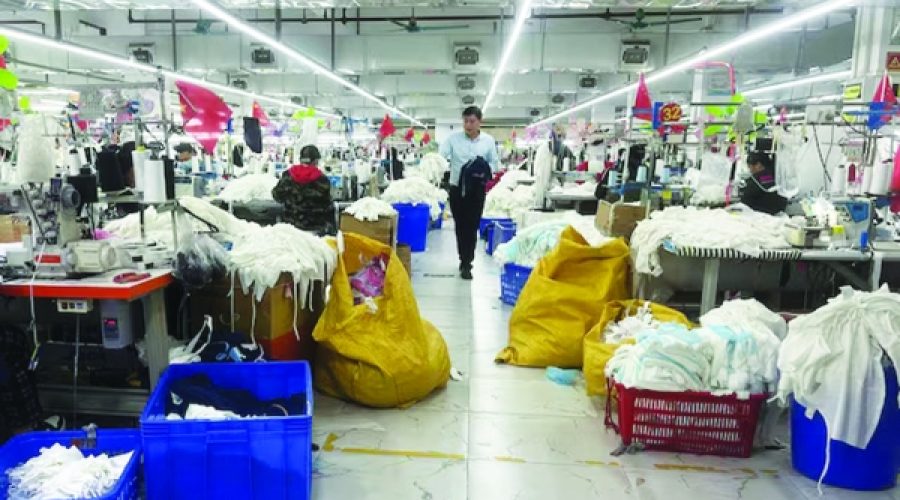US Tariff Impact: Clothing Imports from China Hit 22-Year Low—What This Means for Oman’s Retail Sector
LONDON/NEW YORK: According to recent trade data, the value of apparel imports from China to the United States fell to its lowest level in 22 years in May, underscoring the significant impact of increased U.S. tariffs.
For years, China has been the largest exporter of clothing to the U.S.; however, its market share has diminished as trade relations between the two economic giants have deteriorated. In April, U.S. President Donald Trump raised tariffs as high as 145%, prompting many American retailers to shift their purchasing away from Chinese factories toward countries such as Vietnam, Bangladesh, and India.
"The sharp decline in U.S. apparel imports from China in May 2025 was anything but natural," stated Sheng Lu, a professor of fashion and apparel studies at the University of Delaware.
Data from the U.S. International Trade Commission (USITC) reveals that the U.S. imported $556 million worth of clothing from China in May, a decrease from $796 million in April, marking four consecutive months of decline. This is the lowest monthly import figure since May 2003.
Earlier this year, in anticipation of the tariffs, U.S. retailers ramped up their imports; January saw a 15% increase in apparel imports from China, totaling $1.69 billion, compared to $1.47 billion the previous year.
Despite a recent trade agreement between the U.S. and China, many leading U.S. fashion companies intend to further reduce their reliance on Chinese production, with some contemplating complete relocation, according to Lu.
A similar trend is evident in the demand for factory inspections. QIMA, an auditing firm, reported that U.S. sourcing from China dropped by nearly 25% in the second quarter compared to the previous year, while demand in Southeast Asia surged by 29%.
In contrast, Mexico emerged as a notable beneficiary. In May, the U.S. imported $259 million worth of apparel from Mexico, reflecting a 12% increase from the previous year.
QIMA further noted that the shift away from China is not a recent phenomenon, as Southeast Asia’s share of U.S. sourcing has been gradually increasing since mid-2023.
"While U.S. tariff policies experienced several abrupt changes during the second quarter of 2025, the procurement patterns of U.S.-based brands and retailers have largely continued along established trends preceding this year’s escalation," QIMA remarked.
Looking ahead, QIMA predicts that U.S. supply chains will face new challenges in the coming months, as the temporary suspension of tariffs for many non-China countries draws to a close, coinciding with the start of holiday season procurement.
Special Analysis by Omanet | Navigate Oman’s Market
The recent drop in US apparel imports from China signals a shift in global supply chains that can create opportunities for Omani businesses to position themselves as sourcing alternatives in the apparel sector. As US retailers turn towards countries like Vietnam and India, Oman could leverage this momentum by attracting foreign investment in local manufacturing and trade. Smart investors should consider exploring partnerships in these emerging markets, focusing on sustainability and quality to capture the evolving demands of US consumers.



